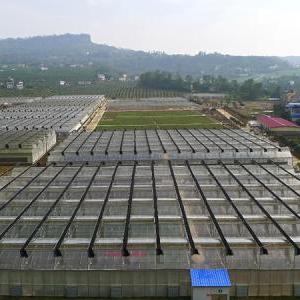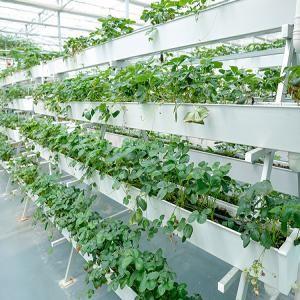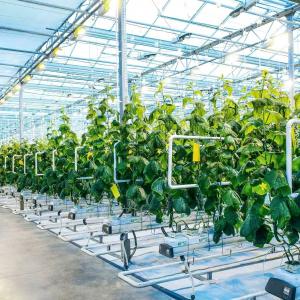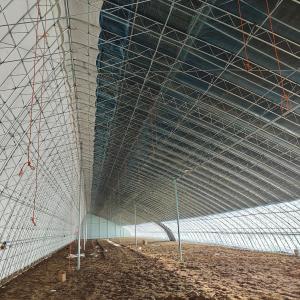Commercial Greenhouse from Vertical Farming to Controlled Environment Agriculture
A greenhouse offers a controlled environment to promote optimal plant growth. Temperature, humidity, light and irrigation can be controlled and monitored to give crops the exact care they need.
Many operations use automated heating, cooling and lighting systems to reduce staff involvement. However, smaller greenhouses and hobbyists may choose to use a manual drip irrigation system.
Energy Efficiency
Energy expenses are one of the biggest costs for greenhouses and vertical farms. Artificial lights, water circulation, climate control and automation features all require a lot of energy.
Energy efficiency is a major area of focus for many commercial greenhouse companies. Greenhouse owners are experimenting with technologies that reduce energy consumption, such as LED lighting.
In addition, hydroponics systems reduce the use of both water and labor by utilizing less water for irrigation. In some cases, the nutrient solution is stored in an enclosed tank and delivered using a pump rather than being hand watered. This helps to lower the overall cost of operations. The use of natural ventilation and evaporative cooling can also help lower energy usage.
Climate Control
Controlled Environment Agriculture (CEA) is an emerging trend in food production that promises higher crop yields and year-round harvests compared to traditional farmland. Using this technology, operations on any scale can grow vegetables and flowers in climate-controlled greenhouses, repurposing land that could be used for other purposes.
Greenhouses that utilize CEA techniques like hydroponics can eliminate the need for soil altogether, allowing plants to rest in a nutrient-rich water solution or other substrate. This approach is also environmentally sustainable and reduces the need for pesticides.
However, growing crops inside a commercial greenhouse requires efficient climate control equipment to maintain the temperature, humidity and air quality necessary for optimal plant growth.

Safety
Greenhouses use a variety of irrigation systems depending on their size and plant type. For example, hobbyists and smaller fruit and vegetable growers may utilize self-watering trays or capillary mats that eliminate hand watering. Larger greenhouse operations may utilize a computerized boom system for uniform irrigation of each crop row.
Greenhouse operations must adhere to strict food safety and sanitary practices to prevent contamination of the growing environment. This includes sanitation schedules for pre-growing clean-up and periodically throughout the growing cycle. They should also develop written sanitation standard operating procedures.
Flexibility of Year Round Yielding
Commercial greenhouses allow farmers to grow a wide range of crops year-round. They offer better reliability than outdoor farms in locations prone to extreme weather events, pests and disease.
A wide range of irrigation systems — including misting, drip and soaker hoses — help provide the exact conditions required by each crop. These systems can be automated or managed by data-based software to deliver water in the right quantity and at the ideal times for each plant.
By using carbon-free renewable energy sources, a greenhouse can reduce its environmental footprint even further. However, it’s important to note that fluctuations in energy prices can impact the economic feasibility of a VFS. That’s why it’s critical to consider the stability of your energy source and to assess potential local sources.
Enhancing Sustainability and Efficiency in Commercial Agriculture
The sustainability capabilities of a commercial greenhouse are based on the ability to optimize growing conditions. Temperature, humidity, light, and irrigation are all controlled to meet the specific needs of a crop.
The concept of vertical farming takes a commercial greenhouse to the next level, increasing land available for cultivation by bringing multiple levels of plants into a single high-rise building and using hydroponic and aeroponic technologies. This approach reduces transportation costs, eliminates spoilage, and slashes greenhouse-related carbon levels.
This type of farming enables all-year-round production and provides a viable food source regardless of the weather. While strict hygienic practices are still required to avoid contamination by pathogens, the closed environment can also minimize the use of fertilizers and pesticides. These are often the most expensive aspects of traditional outdoor growing.





